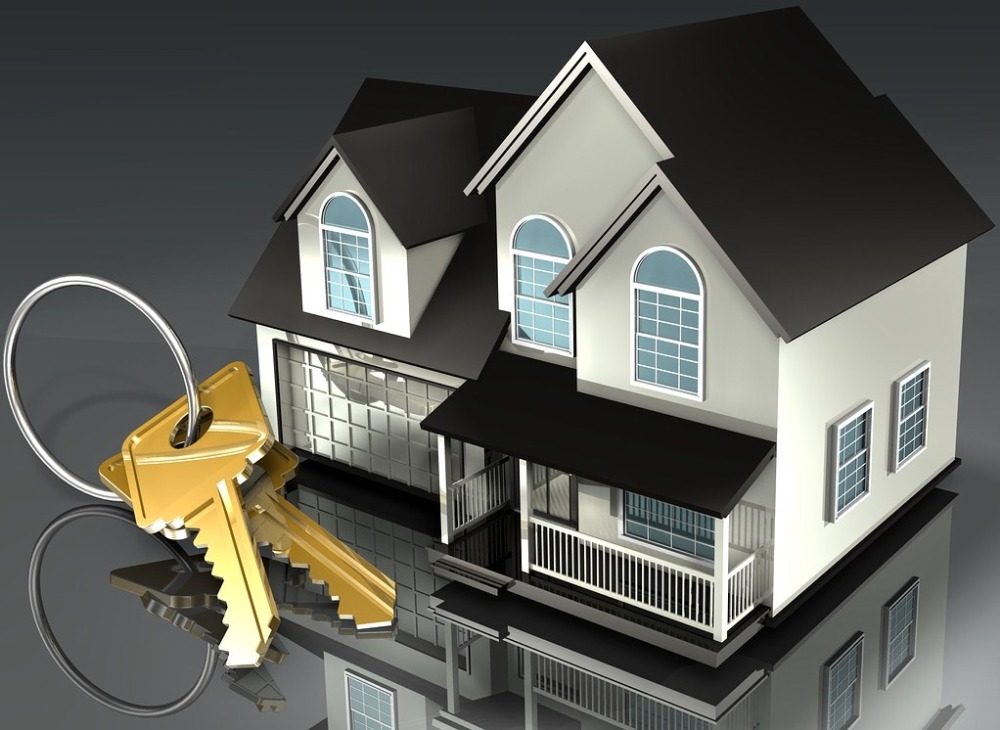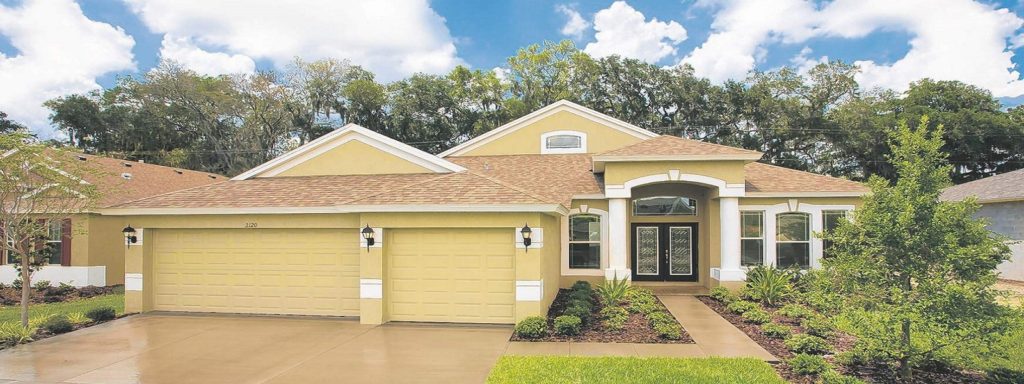Start Your Own Business? Seven Surefire Ways to Fail
 NEW YORK – I live in the heart of Silicon Valley, where the main industry seems to be starting businesses. I’ve seen a lot of startups come and go – and I’ve started a few myself – so I’ve had quite an education. I’ve had friends who’ve started businesses they’ve built and sold for millions of dollars. But even more frequently, I’ve seen startups fail. As a result, I’ve learned quite a bit of what NOT to do if you want to succeed in your startup.
NEW YORK – I live in the heart of Silicon Valley, where the main industry seems to be starting businesses. I’ve seen a lot of startups come and go – and I’ve started a few myself – so I’ve had quite an education. I’ve had friends who’ve started businesses they’ve built and sold for millions of dollars. But even more frequently, I’ve seen startups fail. As a result, I’ve learned quite a bit of what NOT to do if you want to succeed in your startup.
Of course, failing once in a startup is no shame. Most successful entrepreneurs have failed in the past, and they love to tell war stories of startups they worked on that failed. Indeed, I’ve had venture capitalists tell me they won’t fund entrepreneurs who haven’t experienced failure because they want them to “learn on someone else’s nickel.”
But while one failure is acceptable, repeated failures are a sign you’re doing something wrong.
I’ve had the rare opportunity to observe someone who has had at least five failed startups. It wasn’t that he had bad ideas. Not at all. In fact, other entrepreneurs have later built successful businesses on the same ideas. So I’ve been able to see the kinds of business decisions, and the personality traits, that have almost inevitably led to his repeated fiascos.
Of course, most people can’t afford to be “serial failures.” After your first or second failed company – no matter how you spin it – investors aren’t going to be eager to risk their funds on you.
What have I learned from observing an entrepreneur who has failed repeatedly?
- Your good idea isn’t good enough. You’ve got to be a businessperson, not just an inventor. You may have identified a need in the market, and you may have come up with a truly inventive solution, but that doesn’t necessarily mean it can be the basis of a successful business or that you’re capable of running it.
- Don’t be a “disruptor.” Sure, the news media may tout the success of multibillion-dollar startups that disrupt industries – Uber, Lyft, Airbnb, Netflix – but those are the rare exceptions, not the norm. Most entrepreneurs succeed by improving on already proven concepts.
- Be willing to go out there and make sales. No matter what kind of inventor, entrepreneur or businessperson you think you are, if you are not willing and able to make sales, you won’t succeed.
- Believe people. When people who have more experience in an industry or field caution you about the pitfalls of your idea and the difficulties you’ll face – in execution, in reaching the market, in making a profit – listen. In fact, be sure to solicit such insight.
- Don’t believe people. When asking potential customers if, once you develop your product or service, they’ll be customers, don’t believe them. Sure, they love the idea now, but once it comes to handing over real money, they’re far less eager.
- If you’re going to be selling to consumers, you’ll need a lot of money. It’s expensive to reach consumer customers – whether in a brick-and-mortar store, online or through social media.
- NEVER self-fund more than one unsuccessful business or product line. If you can’t get someone else to believe in your idea and your ability to grow a business, then don’t risk your money a second time.
Most importantly, don’t be stubborn.
It takes a special kind of entrepreneur to fail five or six times, and the trait most responsible for that kind of serial failure is stubbornness.
If you believe you’re always right, you’re wrong.
Copyright 2019, USATODAY.com, USA TODAY, Rhonda Abrams


 FBI report: 11,800 internet real estate scams in 2018
FBI report: 11,800 internet real estate scams in 2018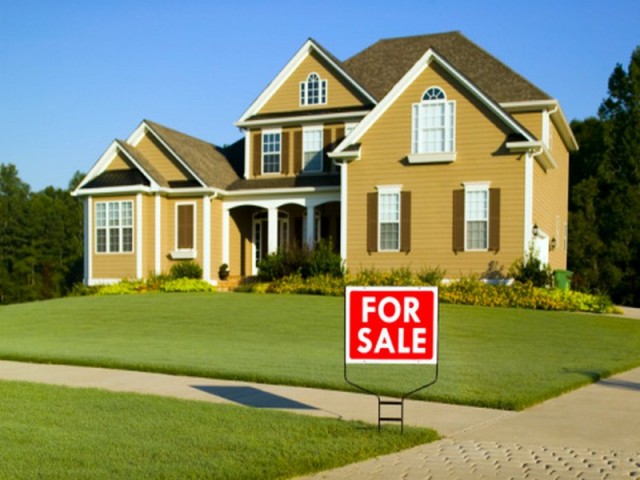


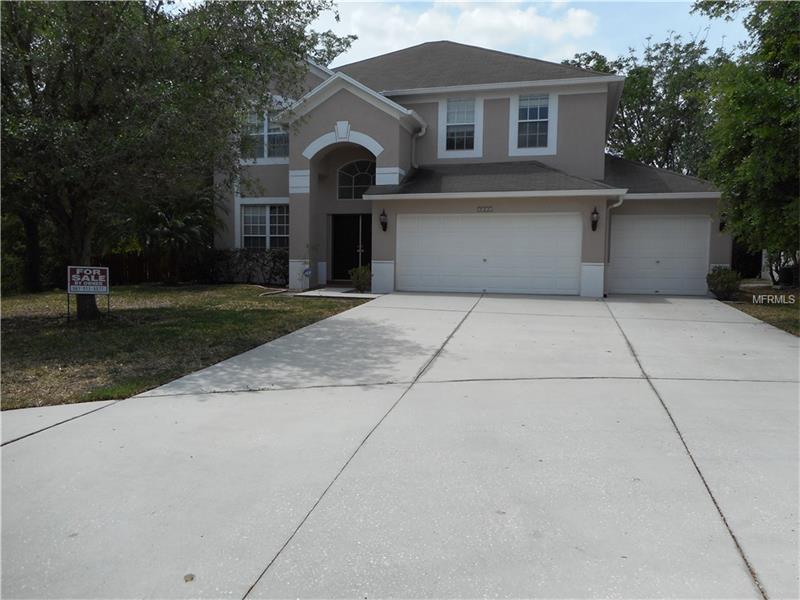
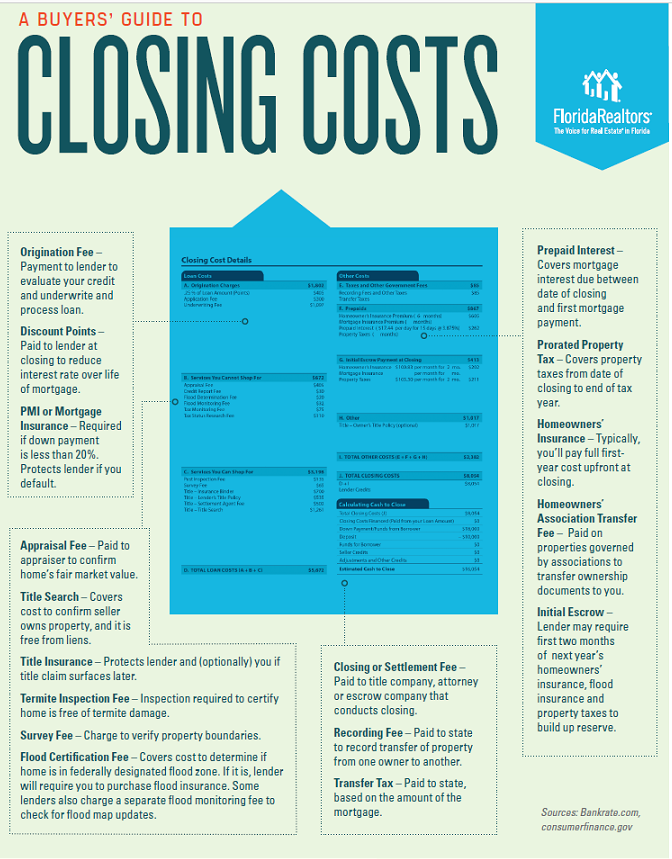

 Tampa, Orlando, Jacksonville near top of ‘likely to move’ list
Tampa, Orlando, Jacksonville near top of ‘likely to move’ list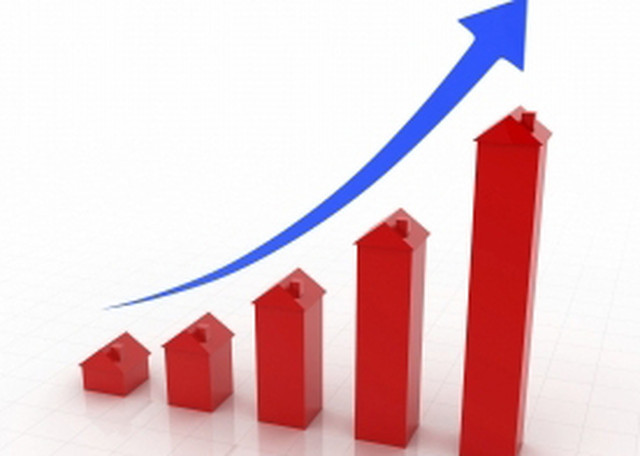 Average mortgage rates rise again: 30-year at 4.6%
Average mortgage rates rise again: 30-year at 4.6%


